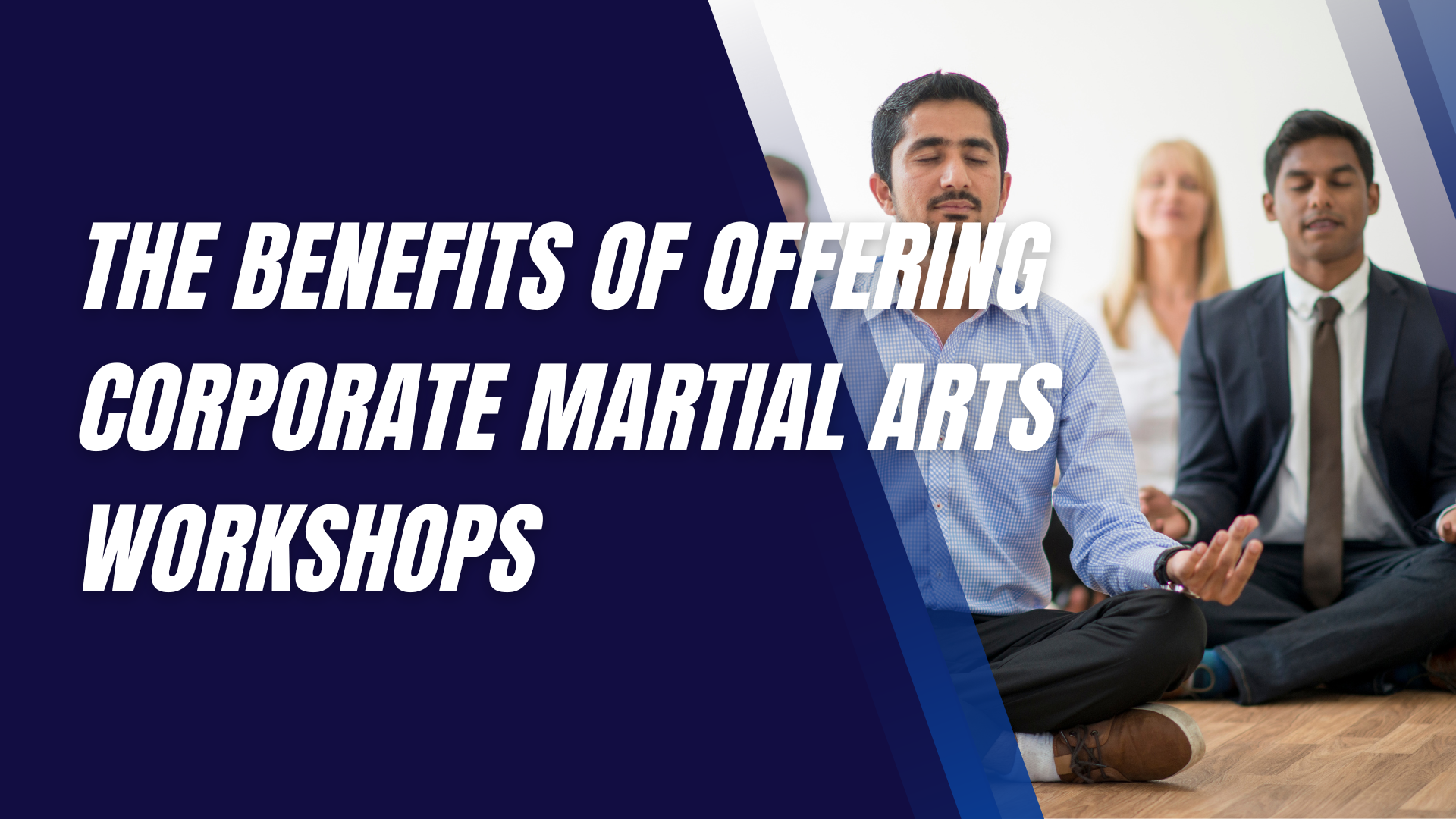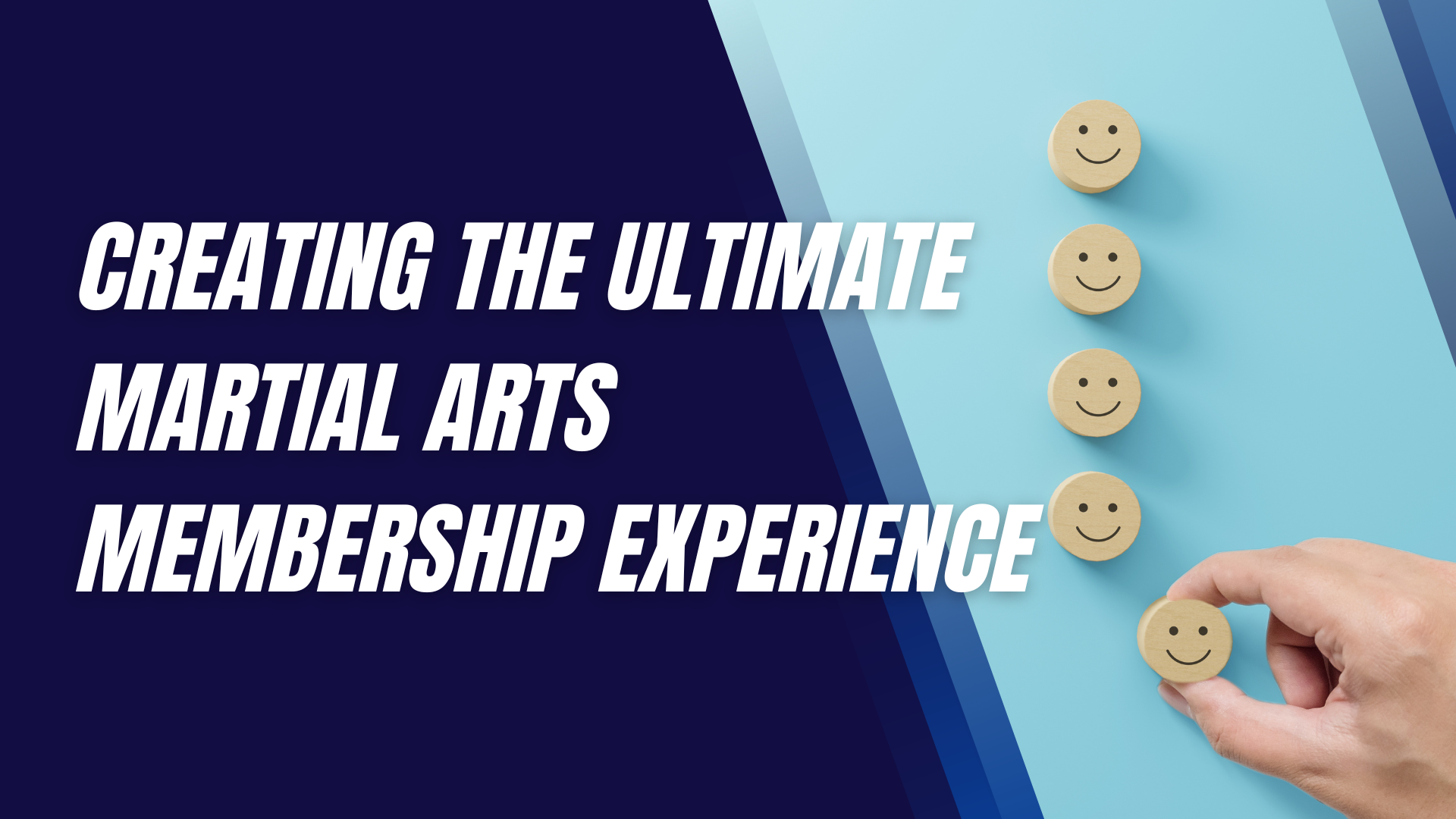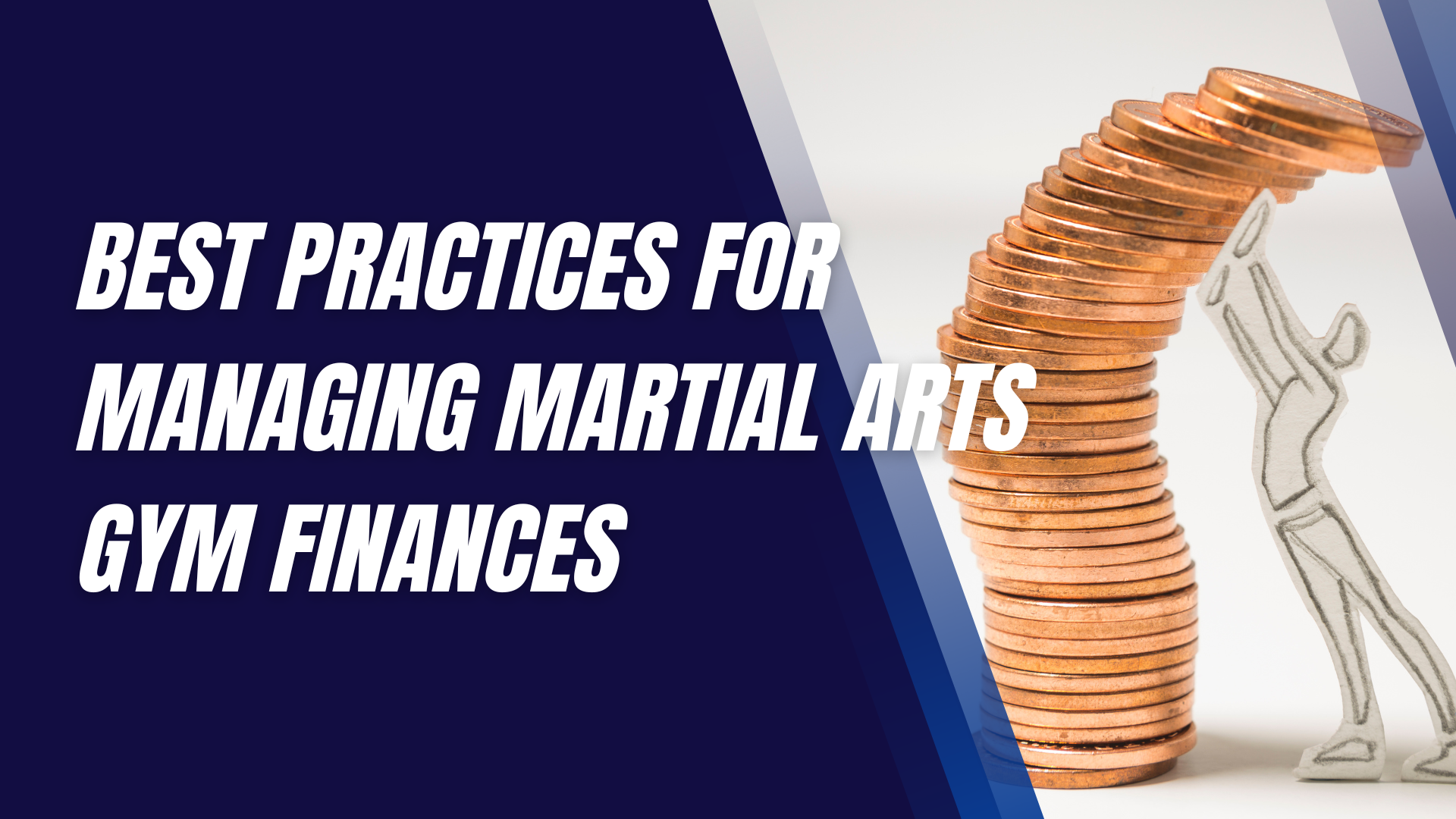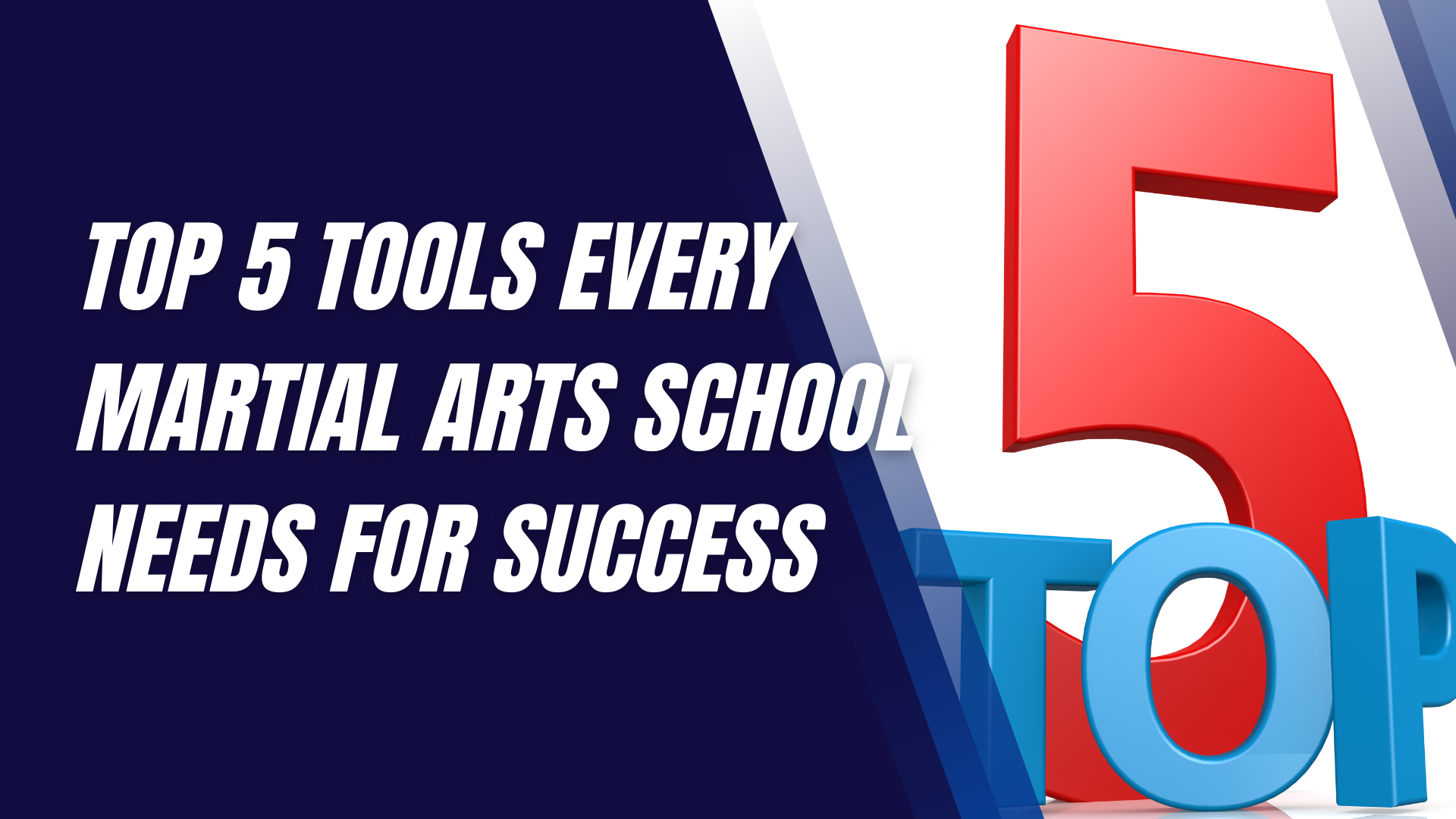Strategies for Preventing Common Martial Arts Injuries in Sparring
Martial arts sparring is a dynamic and exhilarating practice that sharpens your skills, builds endurance, and tests your limits.
However, it also comes with its share of risks. Injuries are almost an inevitable part of the experience, whether you're a beginner just stepping into the dojo or an experienced fighter perfecting your craft. But the good news? With the right strategies and precautions, many of these injuries can be prevented.
Let's dive into the common injuries you might face during sparring and, more importantly, the best strategies to keep yourself safe while still enjoying every round.
Understanding Common Martial Arts Injuries
Types of Injuries in Martial Arts
When you engage in martial arts sparring, you’re exposed to various potential injuries. Here are the most common types:
- Sprains and Strains: These occur when muscles or ligaments are stretched or torn, often from sudden movements or overextension.
- Fractures and Dislocations: Impact or forceful strikes can cause broken bones or dislocated joints, especially in the fingers, wrists, and shoulders.
- Cuts and Bruises: Contact with your partner or the floor can lead to cuts, abrasions, and bruising.
- Concussions and Head Injuries: High-impact blows to the head can result in concussions, which are serious injuries requiring immediate attention.
Causes of Injuries During Sparring
Understanding what causes these injuries can help you avoid them. Some common causes include:
- Lack of Proper Technique: Incorrect form or poor execution of movements can put undue stress on your body.
- Insufficient Warm-Up: Diving into sparring without warming up can lead to muscle tears and sprains.
- Poor Conditioning: Inadequate strength or flexibility can increase your risk of injury.
- Overzealous Sparring Partners: Partners who are too aggressive or careless can increase the likelihood of injuries.
Strategies for Preventing Injuries
Importance of Proper Warm-Up and Cool-Down
Before any sparring session, always prioritize a thorough warm-up. This helps increase blood flow to your muscles and prepares your body for intense physical activity. Dynamic stretching, such as leg swings, arm circles, and hip rotations, can be particularly effective.
Cooling down is equally important to prevent muscle stiffness and aid recovery. Incorporate static stretching to help relax your muscles and reduce the risk of post-workout soreness.
Mastering the Basics
The foundation of injury prevention lies in mastering the basics. Regular practice and drills focusing on correct form and technique are crucial. Proper technique reduces the strain on your body and minimizes the risk of injuries.
Using Appropriate Protective Gear
Wearing the right gear is non-negotiable. This includes gloves, shin guards, mouthguards, and headgear. Make sure the gear is of high quality and fits you properly. Custom-fitted equipment provides better protection than generic ones, ensuring comfort and safety.
Building Physical Conditioning
Strengthening your body is key to preventing injuries. Engage in strength training exercises like squats, lunges, and push-ups to build muscle strength. Additionally, incorporate cardiovascular exercises such as running, swimming, or cycling to boost your endurance. Flexibility training through yoga or dedicated stretching routines can help maintain a full range of motion and reduce injury risk.
Partner Selection and Communication
Choosing the right sparring partner is vital. Opt for someone who matches your skill level and intensity. Communication is equally important—discuss your intentions, boundaries, and desired intensity level with your partner before starting. This helps ensure that both parties are on the same page, minimizing the risk of accidental injuries.
Implementing Safety Rules and Regulations
Every martial arts dojo has specific rules and guidelines. Adhering to these rules can significantly reduce the risk of injury. This includes respecting sparring boundaries, avoiding high-risk moves, and always being aware of your surroundings.
Enhancing Mental Awareness and Focus
Developing Mental Toughness
Physical conditioning is important, but mental preparation is equally critical. Practicing mindfulness techniques and meditation can help improve focus during sparring sessions. Being mentally prepared helps you react faster to your opponent's moves and avoid injuries.
Recognizing and Respecting Personal Limits
Knowing your body’s limits is essential. Listen to your body and be mindful of any pain or discomfort. It's okay to rest or stop if something doesn't feel right. Pushing through pain can lead to serious injuries that could have been avoided.
Regular Health Check-Ups and Injury Management
Importance of Regular Medical Examinations
Regular health check-ups are crucial, especially for martial artists. A physician can help detect any underlying conditions that might predispose you to injuries.
Immediate Steps After an Injury
If you do get injured, it’s essential to take immediate steps to minimize the damage. The RICE method—Rest, Ice, Compression, Elevation—can be highly effective for treating minor injuries. However, if the injury seems severe, seeking professional medical help is a must.
Role of a Qualified Instructor in Injury Prevention
Choosing an Experienced Instructor
An experienced instructor is key to learning proper technique and safety measures. They provide guidance, correct your form, and ensure that safety rules are followed during sparring sessions.
Continuous Learning and Adaptation
The world of martial arts is constantly evolving, with new techniques and safety protocols emerging regularly. Staying informed and continuously adapting your practices is crucial for long-term safety.
The Importance of Rest and Recovery
Recognizing Overtraining Symptoms
Overtraining is a common cause of injuries in martial arts. Watch out for symptoms like persistent fatigue, irritability, or a decrease in performance. These are signs that your body needs rest.
Recovery Techniques for Martial Artists
Incorporate recovery techniques such as stretching, massage, foam rolling, or even acupuncture to help your muscles recover. Adequate sleep and nutrition also play a significant role in recovery.
Final Thoughts
Injury prevention in martial arts sparring requires a comprehensive approach that includes physical conditioning, mental preparation, proper technique, and the use of protective gear. By incorporating these strategies, you can enjoy sparring safely while improving your skills. Remember, prevention is always better than cure, and your health should always be your top priority.
Interested in trying a martial arts class? Find an affiliated academy anywhere in the country by clicking here.
Have your own martial arts program? Get to know more about what we have to offer at Ground Standard Agency for helping martial arts businesses grow.
Email us at info@groundstandard.com, or call and text us at (732) 907-8920 today to learn how to start growing your own academy, school, dojo, or gym with us as well.
Share this article












